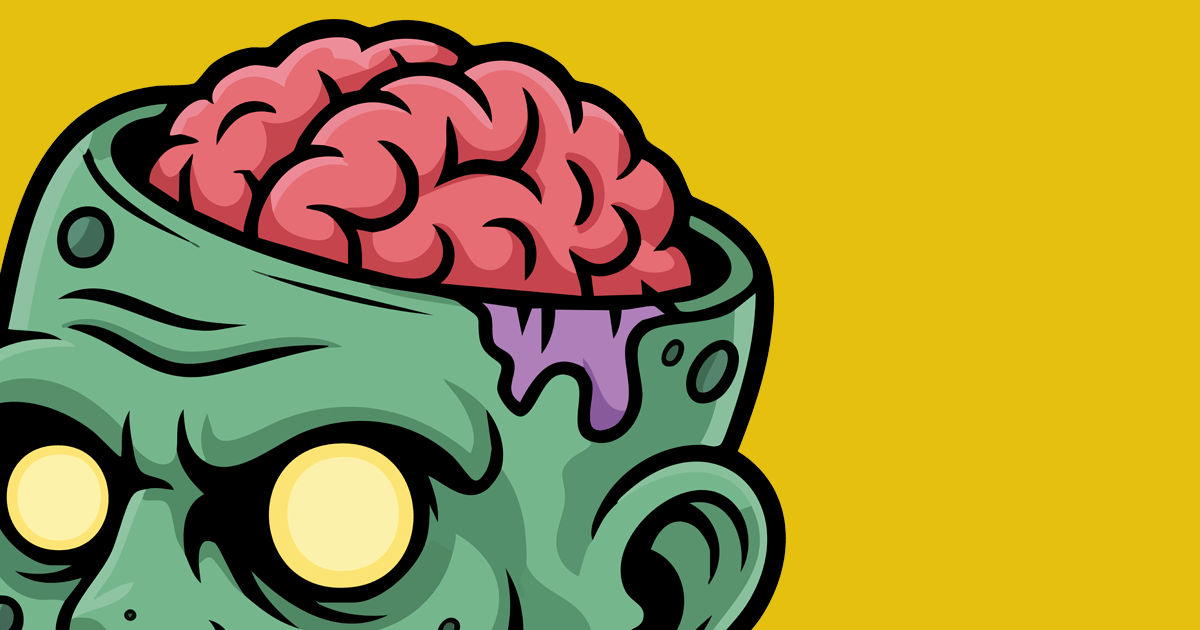Building a successful product involves more than just a collaboration between a UI designer and an engineer. While CTOs often approach product development logically, and designers focus on aesthetics, this duo overlooks crucial aspects affecting the end-user experience. Without the strategic input of a user experience (UX) professional and a product manager, products risk being illogical, hard to use and ultimately disliked by users.
This article explores why integrating UX professionals and product managers into the development cycle is essential and how neglecting this step can lead to costly redesigns. We’ll also explore real-world examples of insufficient planning and user-centric design leading to product failures.
The Limitations of the CTO and Designer Duo
A Chief Technology Officer (CTO) and a UI designer often approach product development from different, sometimes conflicting, perspectives. The CTO is primarily concerned with the technical feasibility and the logic behind how a product should function. They focus on what can be built given the technological constraints and what makes sense from a systems architecture perspective. They may not always consider how these decisions impact the end user’s experience or whether the logic aligns with user expectations.
On the other hand, UI designers are trained to think visually. They prioritize aesthetics—how a product looks and feels. They excel in creating visually appealing interfaces that catch the user’s eye. However, they may not always consider their designs’ practicality or technical feasibility. Often, they overlook how their designs fit into the broader scope of the product’s functionality and user workflows.
The resulting product from this collaboration often leads to beautiful yet impractical designs or technically sound but convoluted user interfaces. Neither approach ensures that the product is easy to use, intuitive, or even desired by the target audience.
The Case for UX Professionals and Product Managers
This is where user experience professionals and product managers come into play. UX professionals are specifically trained to bridge the gap between functionality and aesthetics. They focus on how users interact with a product, ensuring the interface is usable and enjoyable. Their goal is to create seamless user experiences that reduce friction and align with user needs.
Product managers, meanwhile, are crucial in managing the overall vision and strategy of the product. They act as liaison between the different teams involved in product development—engineering, design, marketing, and sales. Their role involves understanding market needs, prioritizing features, and ensuring the product meets user expectations and business goals.
Together, UX professionals and product managers provide a holistic approach to product development that considers all aspects of the user experience, from usability and functionality to visual appeal and market fit. This approach not only enhances user satisfaction but also reduces the likelihood of costly redesigns in the future.
The Cost of Neglecting UX and Product Management
Founders and CEOs may argue that incorporating UX professionals and product managers into the development cycle is unnecessary, especially for startups operating on tight budgets. However, failing to do so often results in more significant costs down the line.
Take, for instance, the early days of Snapchat. The app initially had a clunky and unintuitive interface that needed to be clarified for new users. While it eventually became popular due to its unique concept, the need for more user-centered design principles resulted in a product that needed to be more challenging to navigate. Over time, Snapchat had to invest heavily in redesigning its interface to make it more user-friendly, costing time and money that could have been saved with better planning.
Another example is Microsoft’s initial launch of Windows 8. The software aimed to bridge the gap between desktop and tablet interfaces but alienated both user bases. The drastic change in the Start menu and the introduction of the Metro UI were confusing and unpopular among desktop users. The lack of proper user experience research led to a product that did not meet the needs of its target audience, forcing Microsoft later to issue a major update (Windows 8.1) and eventually move to Windows 10, incorporating feedback and usability studies that could have been addressed earlier.
In the world of hardware, Google Glass is a notable example. Despite its technological innovation, Google Glass failed in the consumer market primarily due to its awkward and socially intrusive user experience. The product was designed from a tech-first perspective without adequately considering how it would fit into users’ daily lives or how others would perceive it. As a result, Google Glass was not well-received, leading to its discontinuation in the consumer market.
Real-World Scenarios of Product Failures Due to Poor UX
- Quibi: Launched in 2020 with high expectations and considerable investment, Quibi was designed as a mobile-first streaming service. However, its failure to consider user preferences for watching content on larger screens during the COVID-19 pandemic, coupled with a confusing user interface and lack of compelling content, led to its downfall within just a few months. The company needed to align its product with user needs and behaviors, leading to an expensive lesson on the importance of user-centered design and market fit.
- Google Wave: This product attempted to combine email, instant messaging, and collaborative document editing into one platform. Despite its innovative concept, the user interface was complicated and unintuitive, leading to confusion and low adoption rates. Google Wave was discontinued just a year after its launch. This is a classic case of a product team building for what they thought users should want rather than what they needed.
- Apple Maps (2012 Launch): Apple Maps was launched with much fanfare but quickly became notorious for its inaccuracies and poor user experience. Roads were misnamed, locations were incorrect, and navigation was unreliable. Apple’s focus on technical aspects and the rush to replace Google Maps with their own service led to a lack of thorough user testing and feedback. The backlash was so severe that Apple CEO Tim Cook publicly apologized, and the company had to invest significant resources in improving the app.
- Facebook Home: Facebook Home was an ambitious project that made Facebook the primary interface for Android phones. However, it failed because it ignored the fact that users want more than just Facebook on their phones. The interface was overly focused on Facebook, making accessing other apps and features difficult. The product was eventually pulled from the market due to poor adoption rates and negative feedback.
- Humane AI Pin: The Humane AI Pin is a recent example of a product that lacks a clear use case. Despite its futuristic appeal, the AI Pin needs help to offer practical value to users. It’s slow, awkward to use, and lacks basic functionalities that smartphones provide. Notably, it doesn’t connect to the internet, severely limiting its capabilities. After a short period of use, it becomes evident that the product was a missed opportunity, suffering from a lack of thorough UX consideration and inadequate product management. The Humane AI Pin illustrates the pitfalls of developing a product without a solid understanding of user needs or practical application, resulting in a device that fails to resonate with its intended audience.
Inserting UX and Product Management into the Cycle
The lessons from these real-world failures highlight the need for a more integrated approach to product development. By involving UX professionals and product managers from the beginning, companies can ensure that they are not just building functional and aesthetically pleasing products but also intuitive and user-friendly. This approach allows for early identification of potential issues, alignment with market needs, and a better overall user experience.
Moreover, investing in UX and product management is about more than just avoiding costly mistakes. It’s about building products that users love, that drive engagement, and create long-term value for the company. It’s about shifting from a mindset of “What can we build?” to “What should we build?”—a question that requires a deep understanding of user needs and behaviors.
Conclusion
A successful product is more than just the result of excellent engineering or beautiful design. It is the outcome of a collaborative effort that includes a clear understanding of the user, the market, and the business goals. By integrating UX professionals and product managers into the product development cycle, companies can create functional, visually appealing but also intuitive, user-friendly, and market-ready products. Failing to do so may save money in the short term, but it often results in greater expenses and product failures down the line. The adage goes, “Pay now, or pay more later.”
Keep Reading
Want more? Here are some other blog posts you might be interested in.
If a society loses the ability to sit with its own thoughts, has something rotten taken hold at the core, or ...
If you do not know who your product is for, it will not sell. The market is not cruel, it is ...
Most B2B “lead problems” are not lead problems. They are “we never got them to a meeting” problems. The ad did its ...
For founders and growing companies
Get all the tips, stories and resources you didn’t know you needed – straight to your email!



